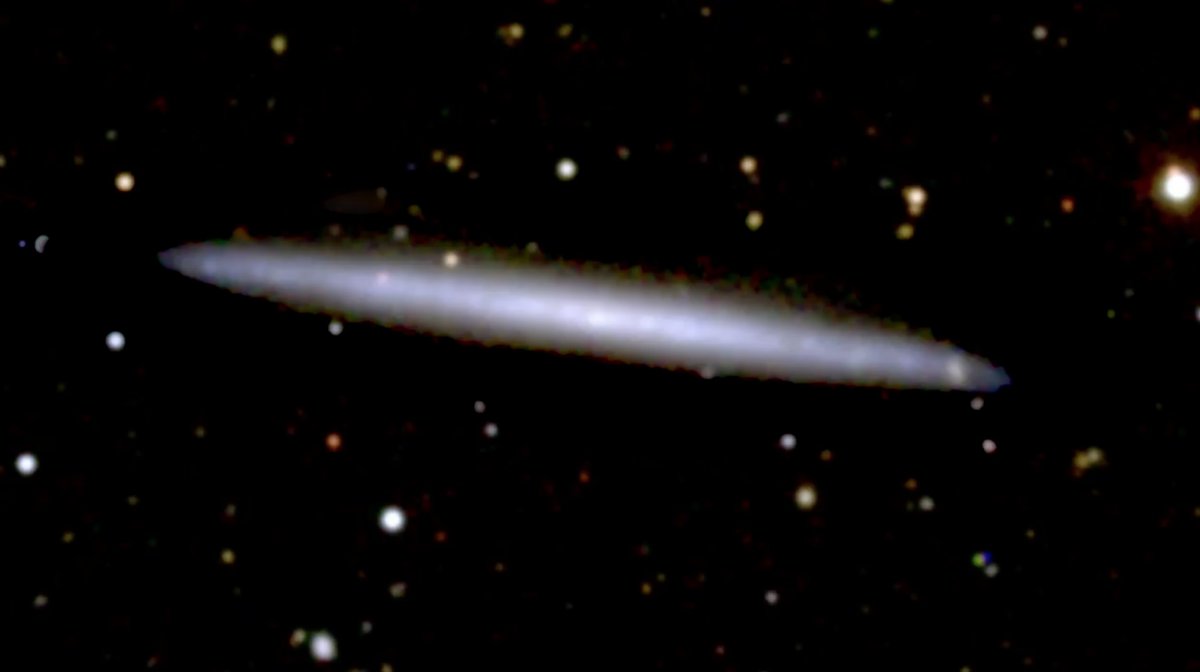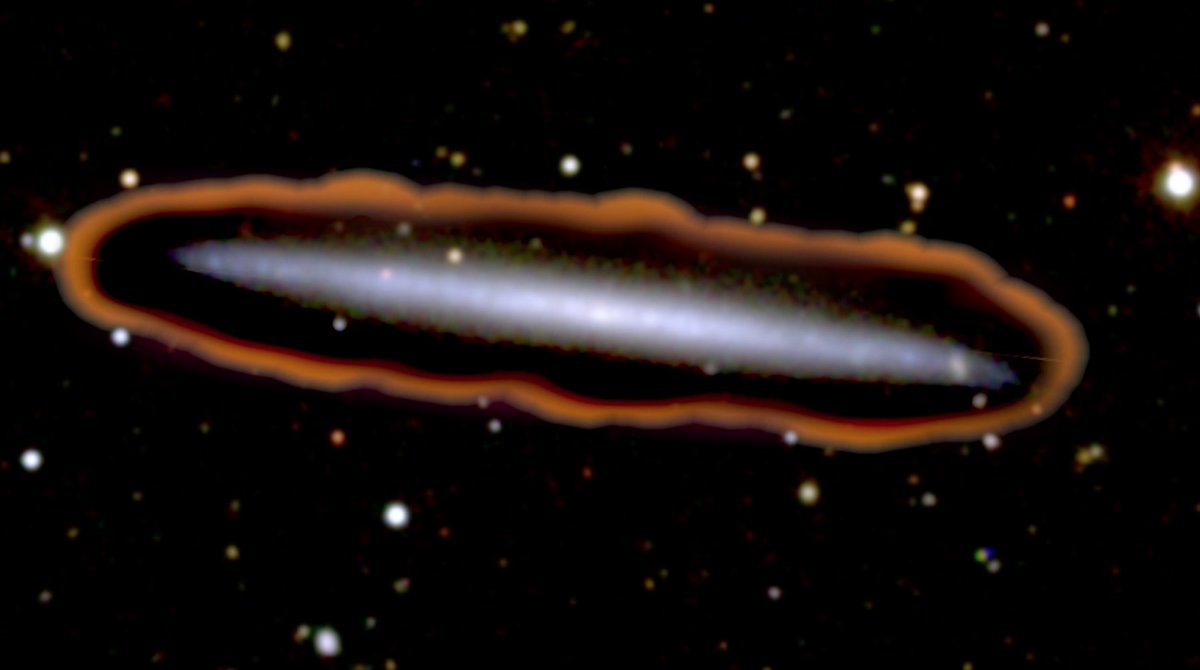To understand what any specific part of the universe looks like requires knowing how much ultraviolet light is in the neighborhood. But obtaining an accurate measurement of that radiation has been impossible. Until now.
Ultraviolet light often poses a difficulty for creating accurate models of the universe. For one thing, it's everywhere. "We are immersed in this bath of radiation," says Michele Fumagalli, a cosmologist at Durham University in the UK. That light has a dramatic effect on temperature—"The universe would be a very cold place without it," says Fumagalli—and the formation of small galaxies. As these galaxies form, exposure to UV radiation evaporates gases that would otherwise form into stars. But astronomers have lacked a way to measure the amount of UV light in a given place, a deficiency that has obstructed our view of the universe.
Measuring the amount of UV in a given spot, light years away, could provide critical information about the temperature of the universe and the evolution of galaxies. But the earth is shielded from UV rays, preventing us from direct access, and satellites are unable to achieve the pinpoint precision necessary for measuring the radiation. Astronomers have theorized about a more circuitous route to reach UV radiation: follow the glow of gas exposed to it. Fumagalli and several other cosmologists in the Europe and the U.S. just proved the theory works.
Fumagalli explains that hydrogen and other gases exposed to UV absorb some of the radiation and converts it into visible red light, a process called fluorescence. Scientists had long suspected that detecting this faint red glow in the universe would yield an accurate measurement of the UV radiation in that spot. The problem was that they couldn't see the glow because there were no means to do so.
That changed when the European Southern Observatory added a multi-unit spectroscopic explorer—MUSE, for short—to its Very Large Telescope in Chile. MUSE creates images of the sky by splitting light into its distinct colors. Because different chemicals have different colors, astronomers can use these images to determine the chemical composition of whatever they're looking at. MUSE also creates 3-D images based on the waves of light it captures.


Fumagalli and his colleagues used MUSE to peer into a nearby spiral galaxy called UGC 7321, which is known to contain hydrogen gas. The device stayed focused for several hours, until it generated an image of the faint red glow. Once researchers could see the glow, they knew they could use that fluorescence to calculate the amount of background UV radiation there.
With this UV measurement, now published in Monthly Notices of the Royal Astronomical Society, Fumagalli believes he can create more accurate computer simulation models of the universe. Such simulations take several months. But, says Fumagalli, "it's on our to-do list," as is providing ever more penetrating views of galaxies near and far. "We can push this technique further," he says, "and create an accurate map of ultraviolet intensity in the universe."
Uncommon Knowledge
Newsweek is committed to challenging conventional wisdom and finding connections in the search for common ground.
Newsweek is committed to challenging conventional wisdom and finding connections in the search for common ground.
About the writer
Jessica Wapner is the science editor for Newsweek. She works with a talented team of journalists who tackle the full spectrum ... Read more
To read how Newsweek uses AI as a newsroom tool, Click here.








